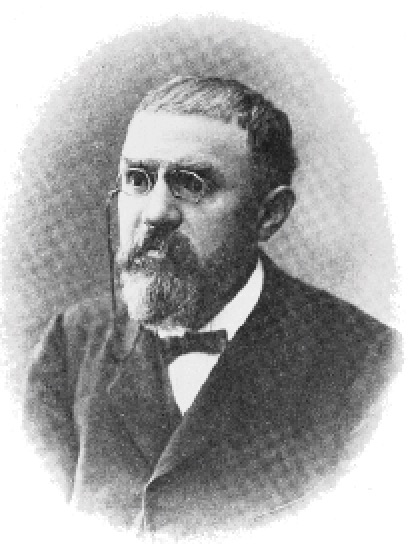
A few years ago, I saw a cartoon in which a student, hand raised, asks his teacher, “Sir, may I leave the room; my brain is full?” The cartoonist has captured the natural perception that the brain is like a vessel with a limited capacity. Fortunately, the brain functions differently, otherwise we’d be unable to learn anything new after a certain age.
For our own survival, evolution has wired our brains to remember and forget, dumping many memories out of our conscious mind. If our horrific fears and traumatic childhood memories didn’t fade in intensity with time, we would have trouble maintaining our sanity. As we absorb information, our brains generate more synapses to store the elements that are most in demand and purge synaptic connections that are not in regular use. In this way, the brain continues to restore itself without overload. This process of synaptic growth and purging is most active during our formative years, but continues through adulthood.
In the study of abstract theories such as those of Newton and Einstein, the brain takes a lot of disparate information and begins to consolidate it into its concise essence. We refer to this as “making sense of things,” but it boils down to incorporating new knowledge into the framework of our current understanding. For example, when we encounter Einstein’s theories of relativity, we merely take what we know about Newtonian mechanics and adjust our equations to accommodate the fact that time is relative to the observer, and that gravity is a “curvature” of space around large masses rather than a force. After extended periods of learning, and during our periods of relaxation or sleep, our brains are engaged in organizing what we’ve learned, compartmentalizing our learning as if creating “slots” into which the information is filed for easy retrieval. During this process, it is also involved in making connections and problem solving. That’s the origin of the adage: “if you have a problem, sleep on it.”
In a speech delivered to the Société de Psychologie in 1908, Poincaré described his unconscious mental activity that exploded in a flash of illumination, revealing a solution to the problem that had haunted him for months.
Just at this time I left Caen, where I was living, to go on a geologic excursion under the auspices of the School of Mines. The incidents of travel made me forget my mathematical work. Having reached Coutances, we entered an omnibus to go some place or other. At the moment when I put my foot on the step the idea came to me, without anything in my former thoughts seeming to have paved the way for it, that the transformations I had used to define the Fuchsian functions were identical with those of non-Euclidean geometry. I did not verify the idea; I should not have had time, as, upon taking my seat in the omnibus, I went on with a conversation already commenced, but I felt a perfect certainty. On my return to Caen, for conscience’ sake I verified the result at my leisure.
Then I turned my attention to the study of some arithmetical questions apparently without much success and without a suspicion of any connection with my preceding researches. Disgusted with my failure, I went to spend a few days at the seaside, and thought of something else. One morning, walking on the bluff, the idea came to me, with just the same characteristics of brevity, suddenness and immediate certainty, that the arithmetic transformations of indeterminate ternary quadratic forms were identical with those of non-Euclidean geometry.
…Most striking at first is this appearance of sudden illumination, a manifest sign of long, unconscious prior work. The role of this unconscious work in mathematical invention appears to me incontestable.
In his seminal publication, The Psychology of Mathematical Invention. Jacques Hadamard, co-discoverer of a proof of the Prime Number Theorem, used the Poincaré narrative to describe a four-stage process that climaxes in a eureka! moment.
Stage 1. Preparation: a period of intense conscious work that ends without a resolution of the problem.
Stage 2. Incubation: a period of relaxation when the conscious mind is at rest and the unconscious is exploring patterns and searching for connections and relationships in the underworld of the unknown knowns.
Stage 3. Illumination: a eureka! moment when an idea suddenly appears like a bolt out of the blue generating an immediate insight.
Stage 4. Consolidation: a conscious verification and precise articulation of the discovery that connects it to current knowledge–known knowns.
Poincaré’s description of his eureka! moment has been echoed by other mathematicians and scientists. It is this remarkable ability of the brain to reconstruct itself that is the greatest challenge to scientists who are attempting to simulate brain processes with artificial intelligence.
